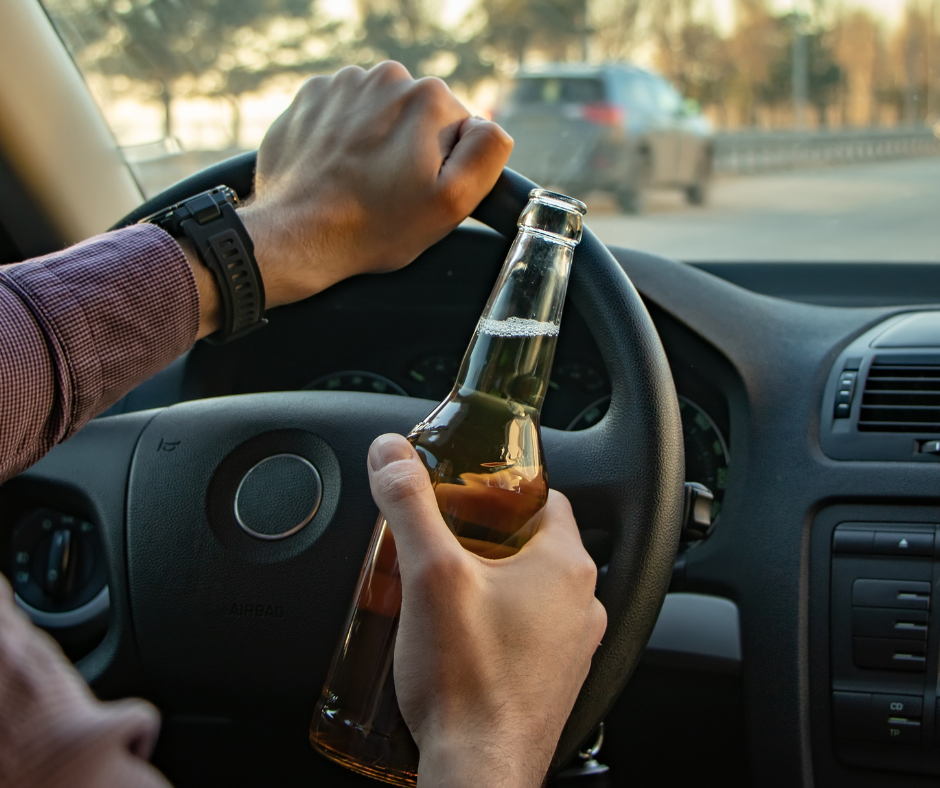
The freedom and independence provided by vehicles are unparalleled, making driving a cherished aspect of our lives. However, this privilege comes with a crucial responsibility – adhering to all traffic rules, especially when it comes to alcohol consumption. The primary objective is to prevent fatal accidents resulting from impulsive decisions or impaired behavior.
The Gravity of Drunk Driving in India:
Driving under the influence of alcohol or drugs is a serious offense under the Motor Vehicle Act 1988, Section 185. In India, the permissible alcohol limit is set at 0.03% per 100ml of blood. Any detection beyond this limit – equivalent to more than 30mg of alcohol or drugs in a 100ml blood sample – is a punishable offense. The issue of drunk driving in India is substantial, contributing to 1.9% of all road accidents in the nation in 2021, resulting in 2,935 deaths and 7,235 injuries.
Penalties for Drunk Driving:
The penalties for drunk driving in India are severe. For a first offense, individuals may face imprisonment for six months and a fine of up to ₹10,000. Previously, the first offense incurred a ₹2,000 fine before 2019. In the case of a second offense, the penalties include up to two years of imprisonment and a fine of ₹15,000 (increased from ₹3,000). Repeat offenders may face additional penalties regarding their driving licenses.
Drunk and Drive Fine in Mumbai:
As of January 2022, Mumbai, with its four crore vehicles, has witnessed a rise in drunken driving cases. The government and traffic police have taken steps to address this concern, implementing stringent traffic laws. The amendments in the Motor Vehicles Act 2019 have revised fines for drunk driving:
- A fine of ₹10,000 or six months of imprisonment for violating a traffic rule after drunken driving.
- The fine was ₹2,000 or six months of imprisonment until September 1, 2019, for driving drunk.
- A second offense may result in a ₹15,000 fine and/or imprisonment for two years.
Enforcement and Procedure:
Routine drunk driving checks are conducted by traffic police officials in Mumbai and other cities. Checkpoints are established, and breathalyzer tests are administered to drivers suspected of being under the influence. If the blood alcohol level exceeds the permissible limit, the vehicle may be detained, and an alcohol challan issued.
Paying Drunk and Drive Penalty:
Drivers with a blood alcohol level exceeding the limit can pay the challan fine online or offline. For online payments, individuals can visit their state’s transportation department website, select “payment of e-challan,” enter the vehicle or challan number, and make the payment using various online methods. Offline payments involve visiting the local traffic police station, showing the challan, and paying the determined amount.
Impact on Car Insurance:
Driving under the influence of alcohol nullifies the protection offered by a car insurance policy. Comprehensive car insurance from companies like Tata AIG is essential for financial security in accidents, but it cannot cover incidents related to drunk driving.
Conclusion:
In conclusion, it’s crucial to understand that drinking and driving jeopardize not only the lives of the driver and passengers but also the safety of others on the road. The fines and penalties associated with drunk driving are not merely inconveniences; they serve as deterrents to prevent potential tragedies. Prioritize responsible choices, plan for designated drivers, and avoid taking chances with lives on the road. Remember, the impact of drunk driving extends far beyond a fine – it can result in serious injuries or even death. Always drink responsibly and prioritize the safety of yourself and others.

 Email :
Email : 





